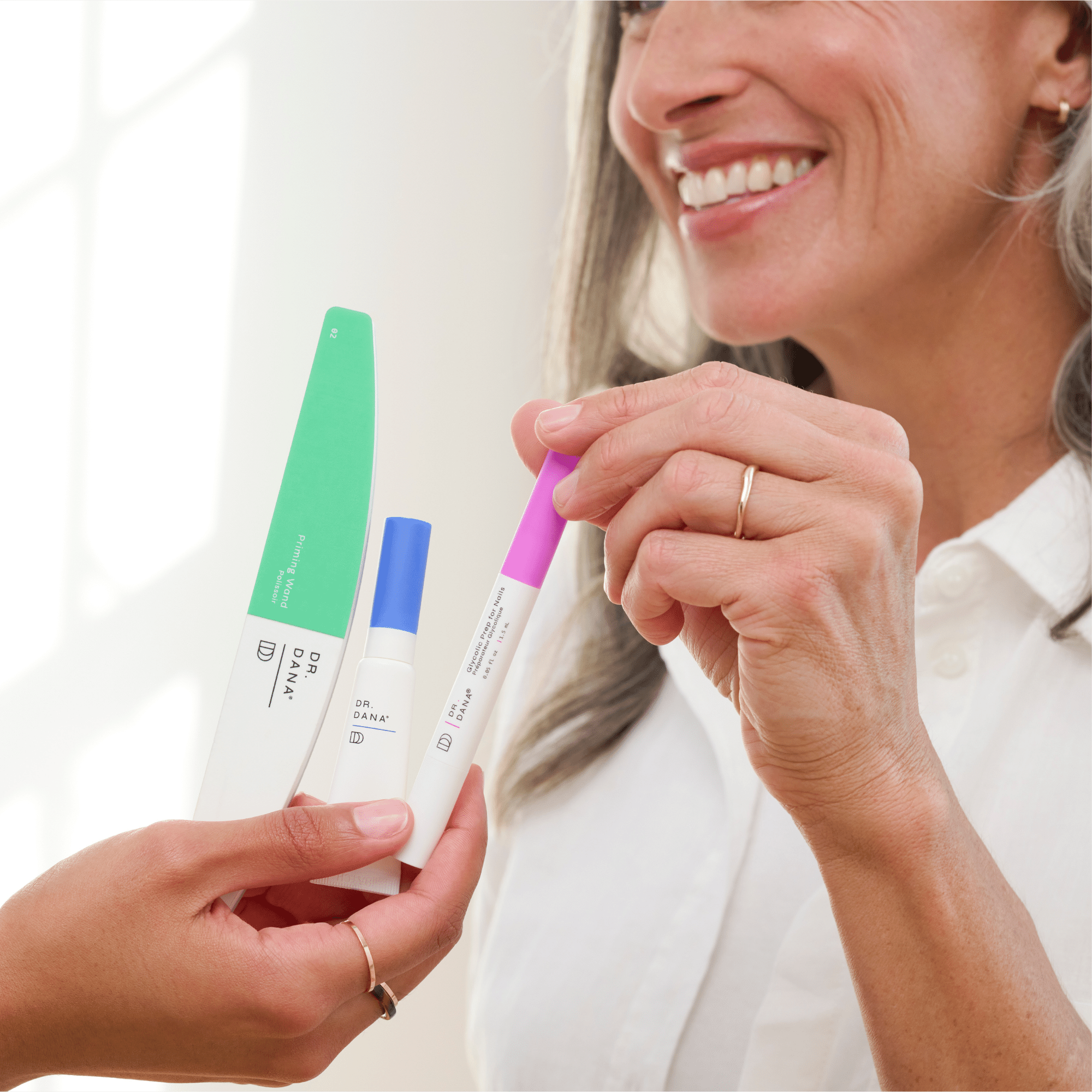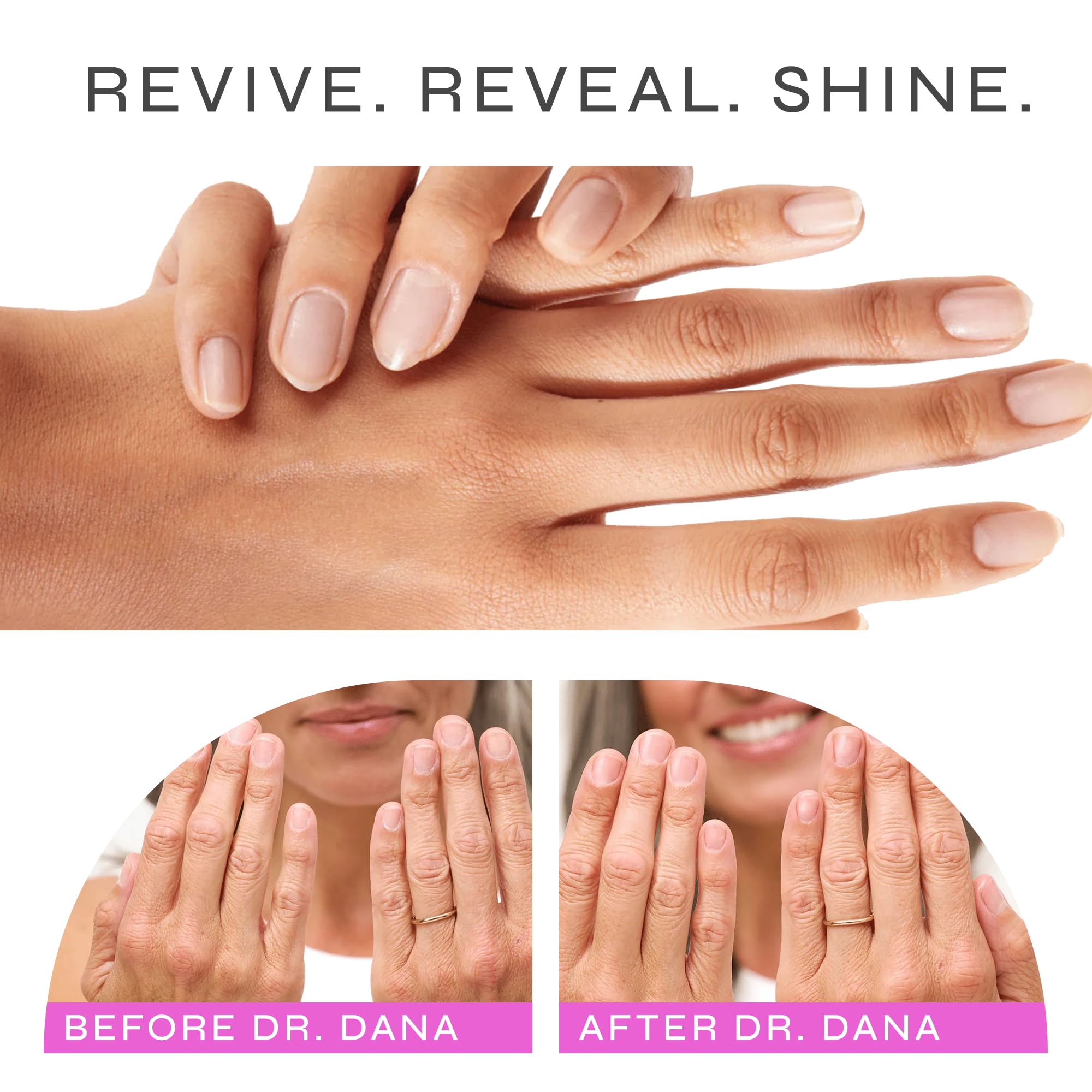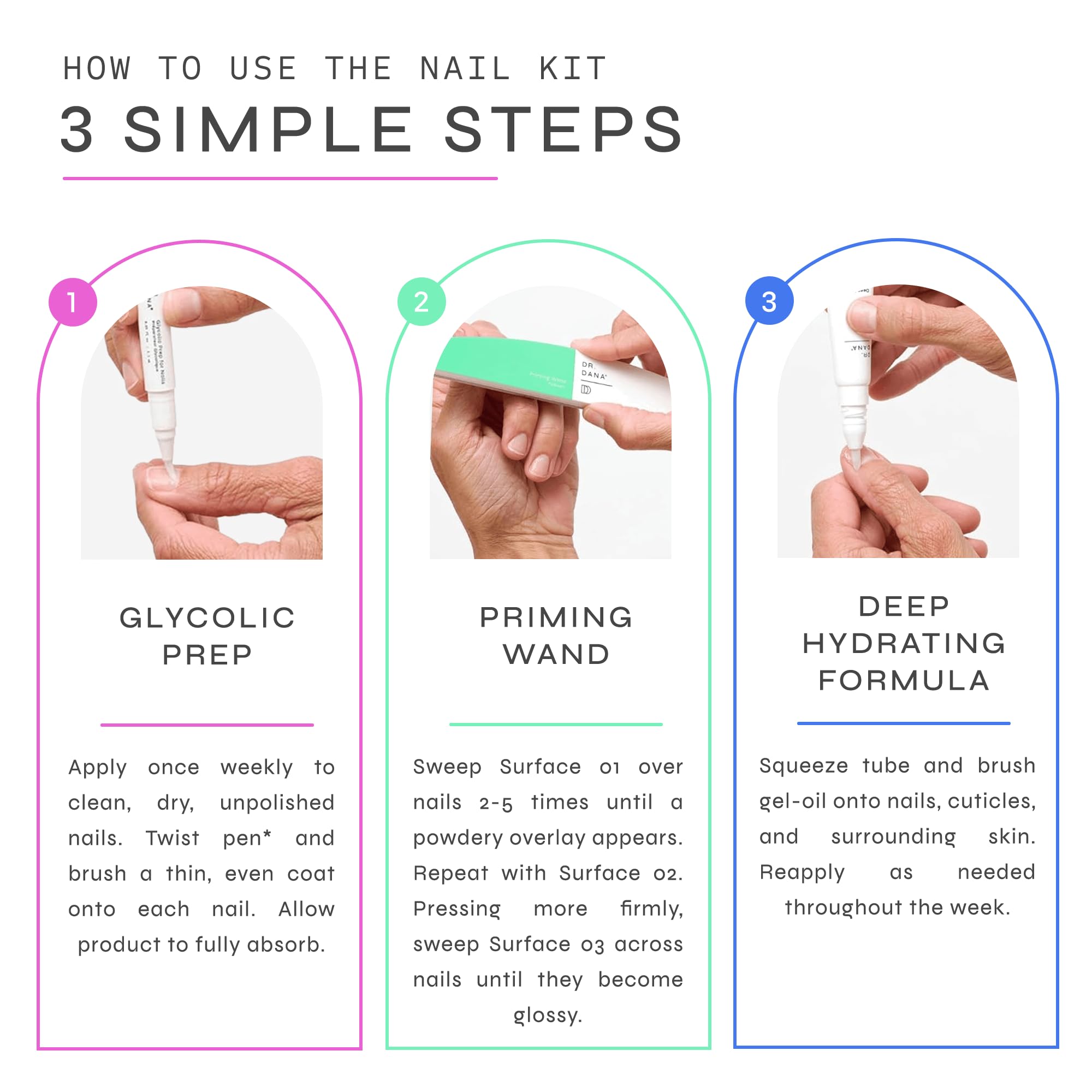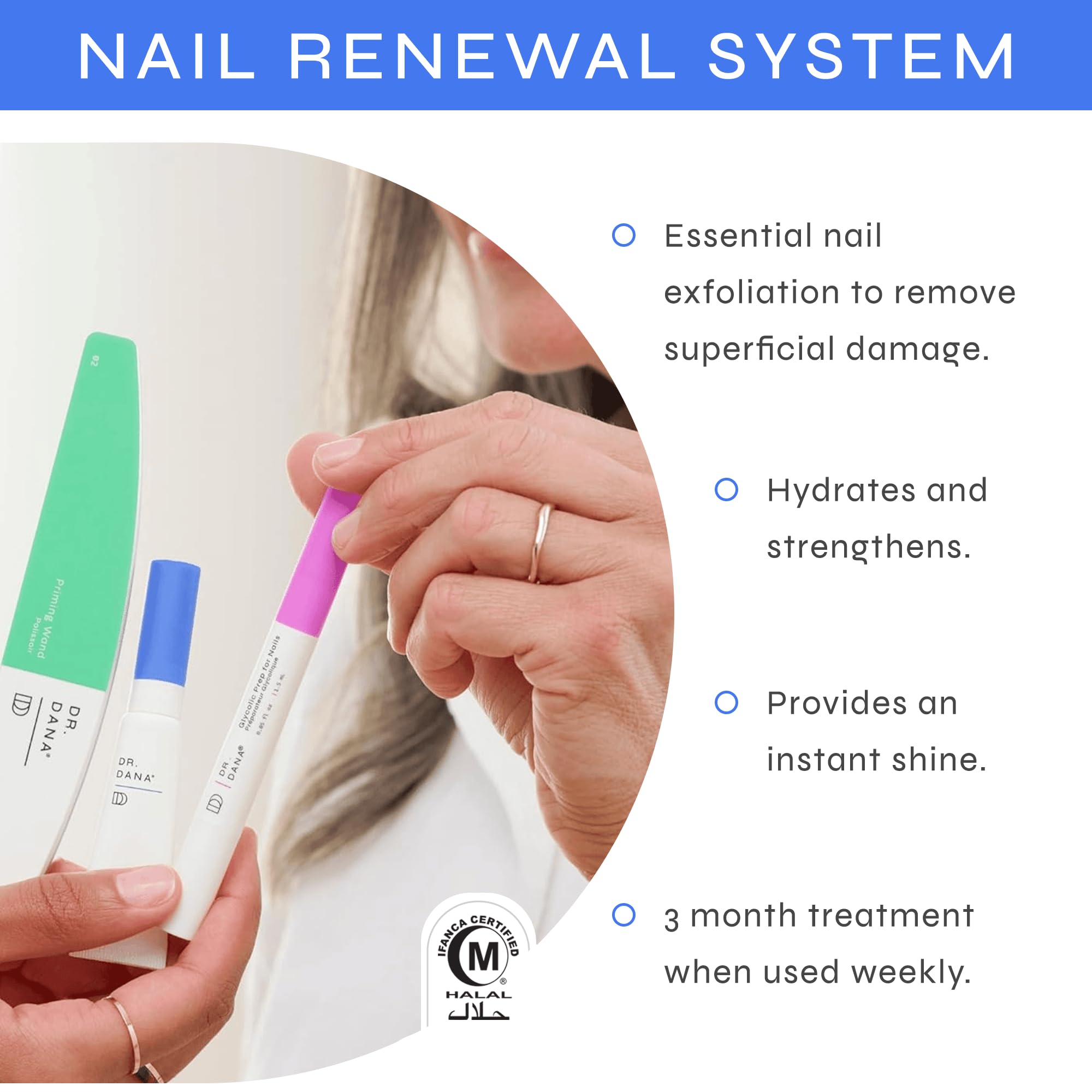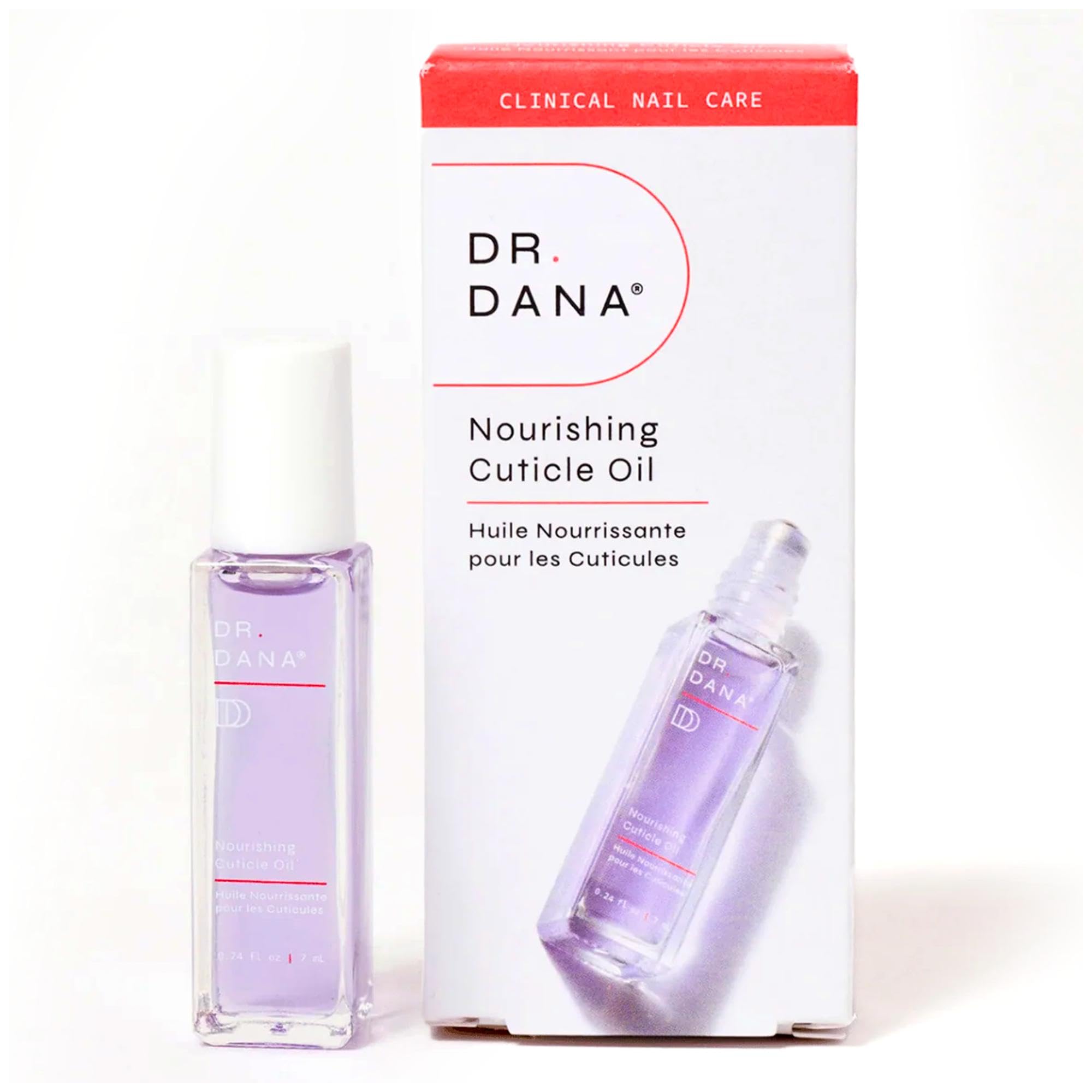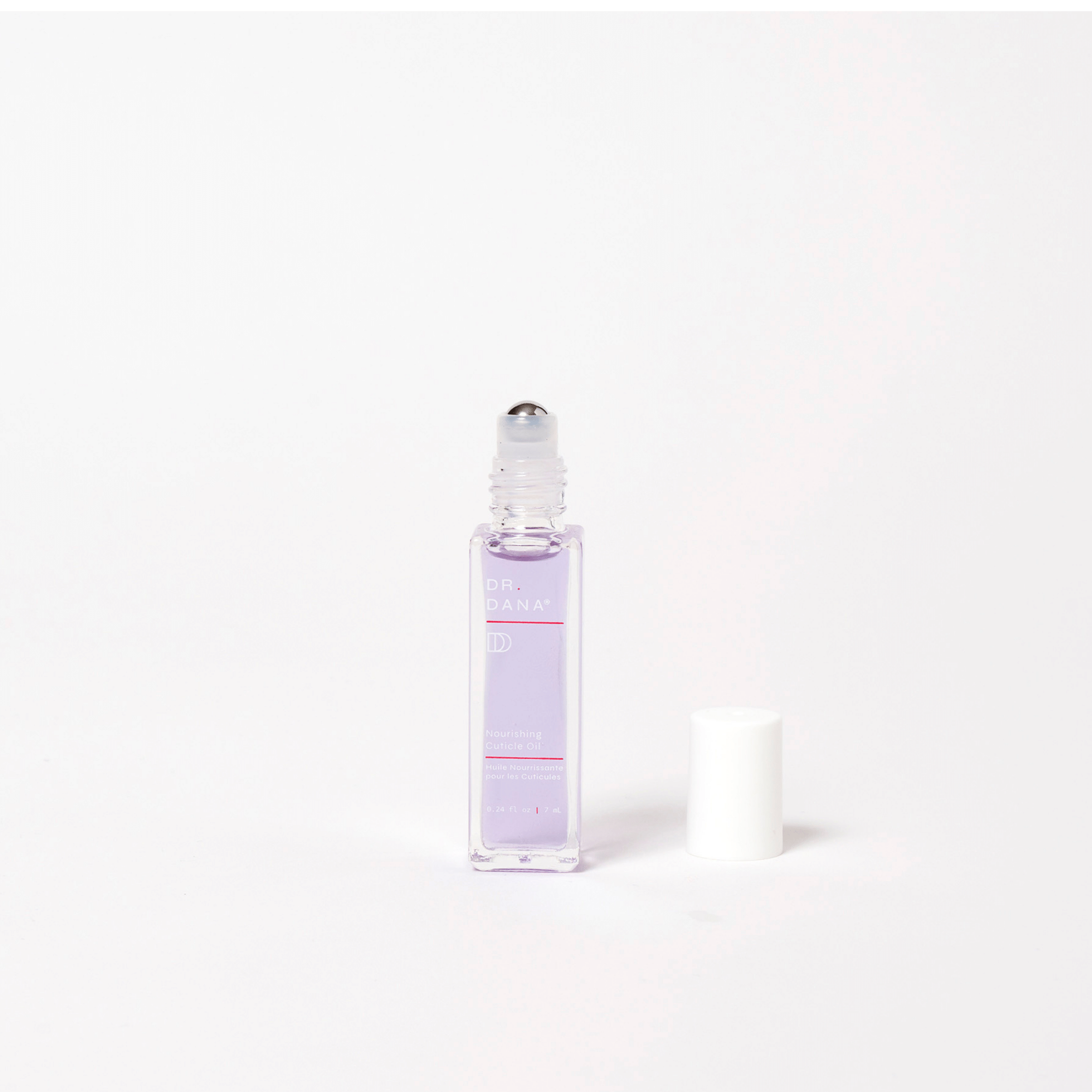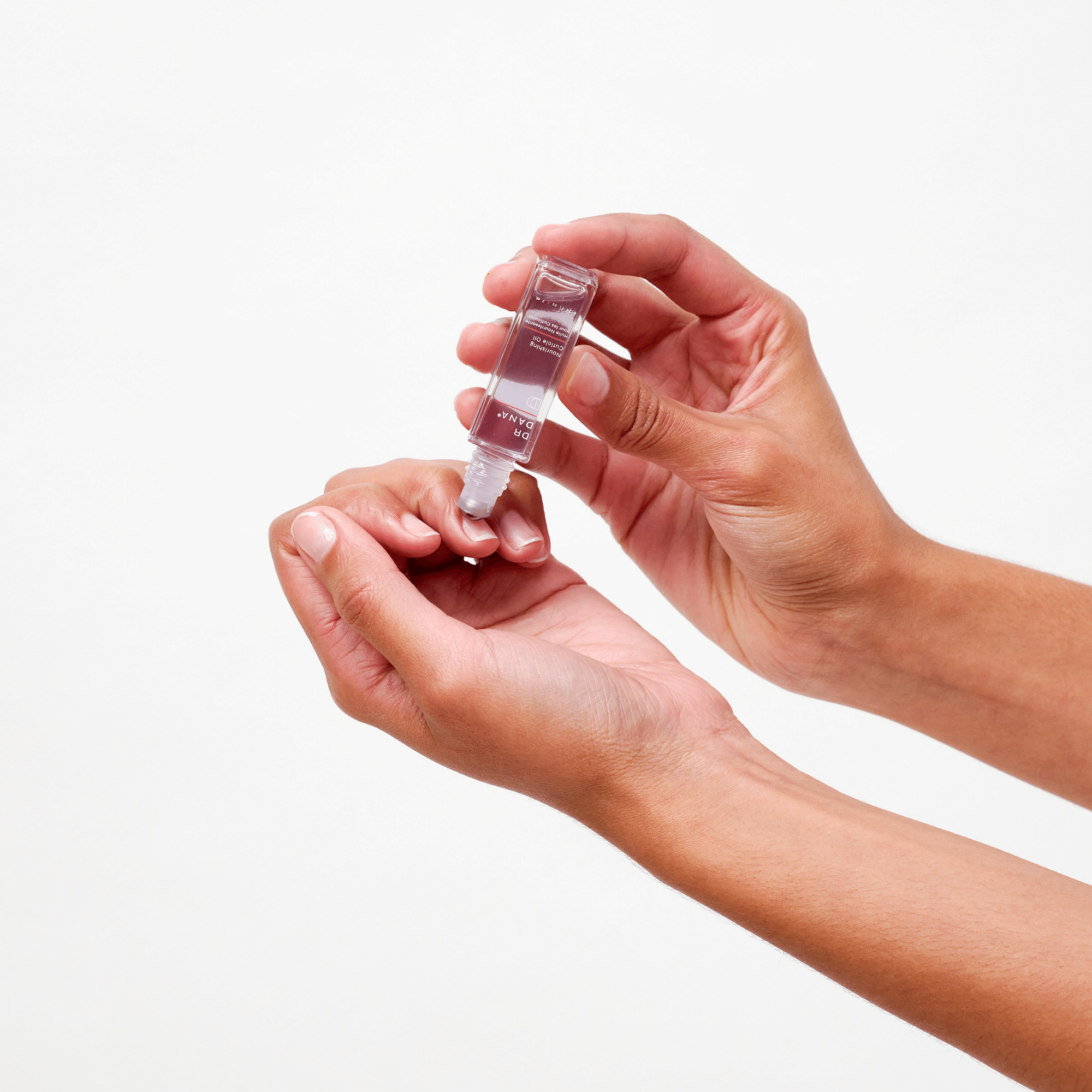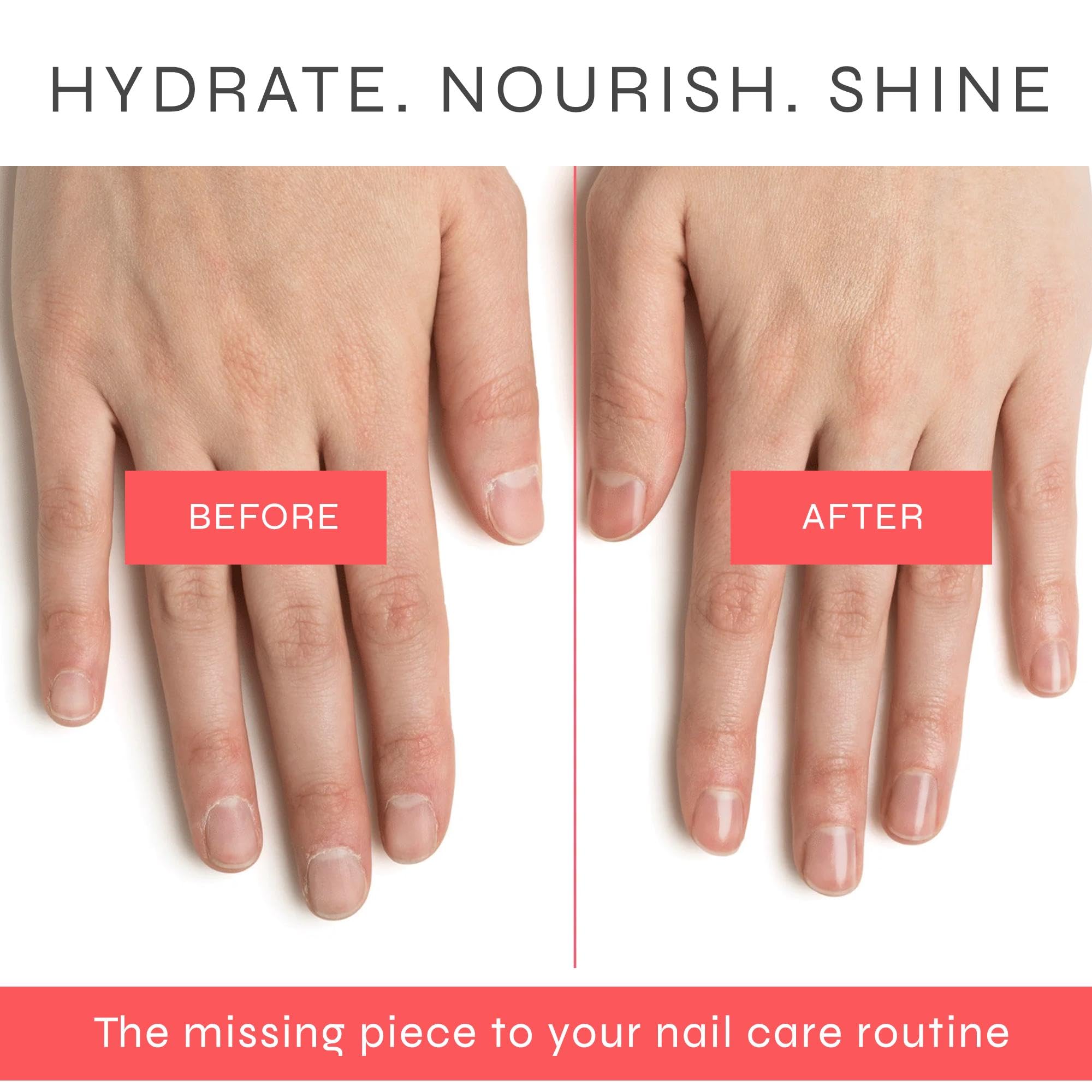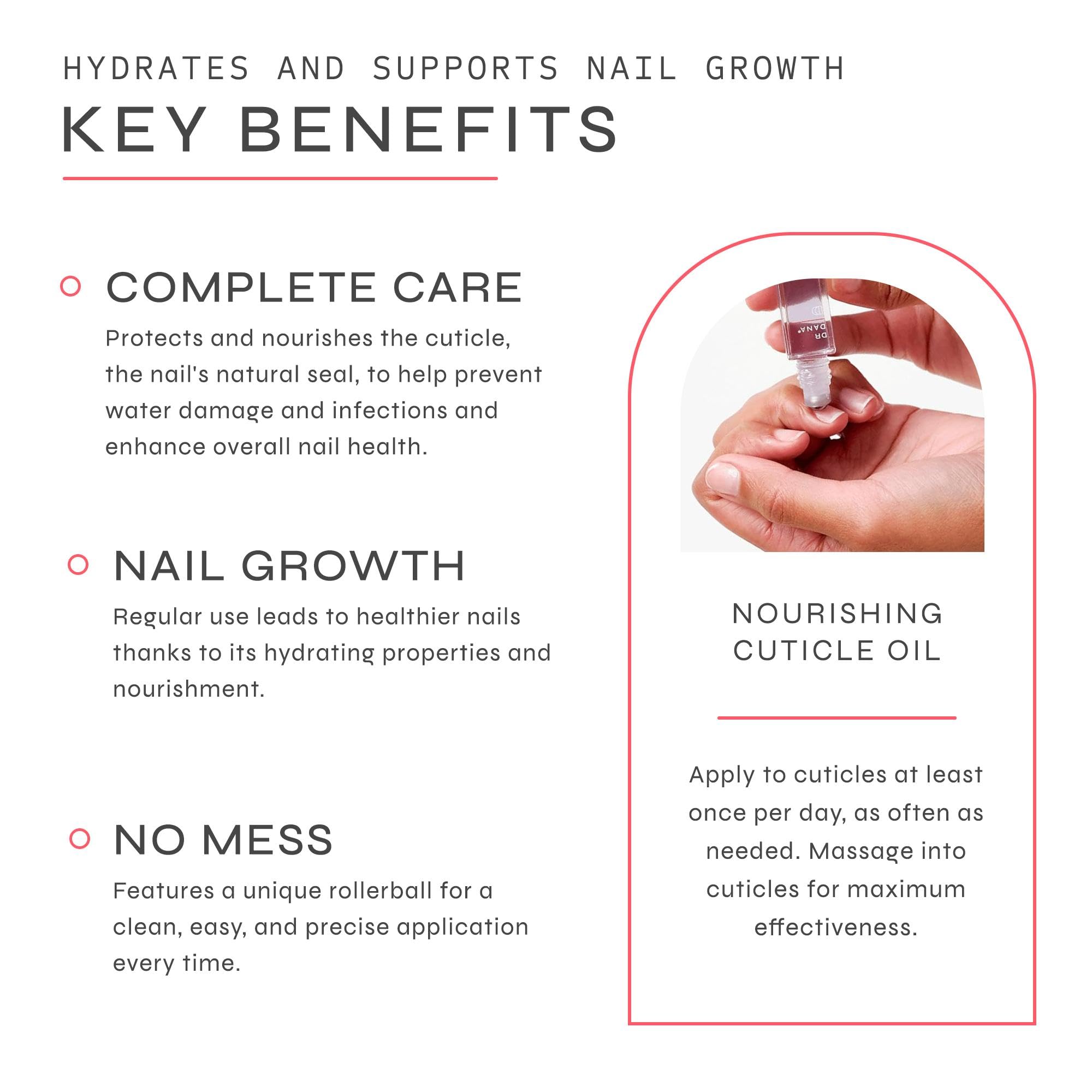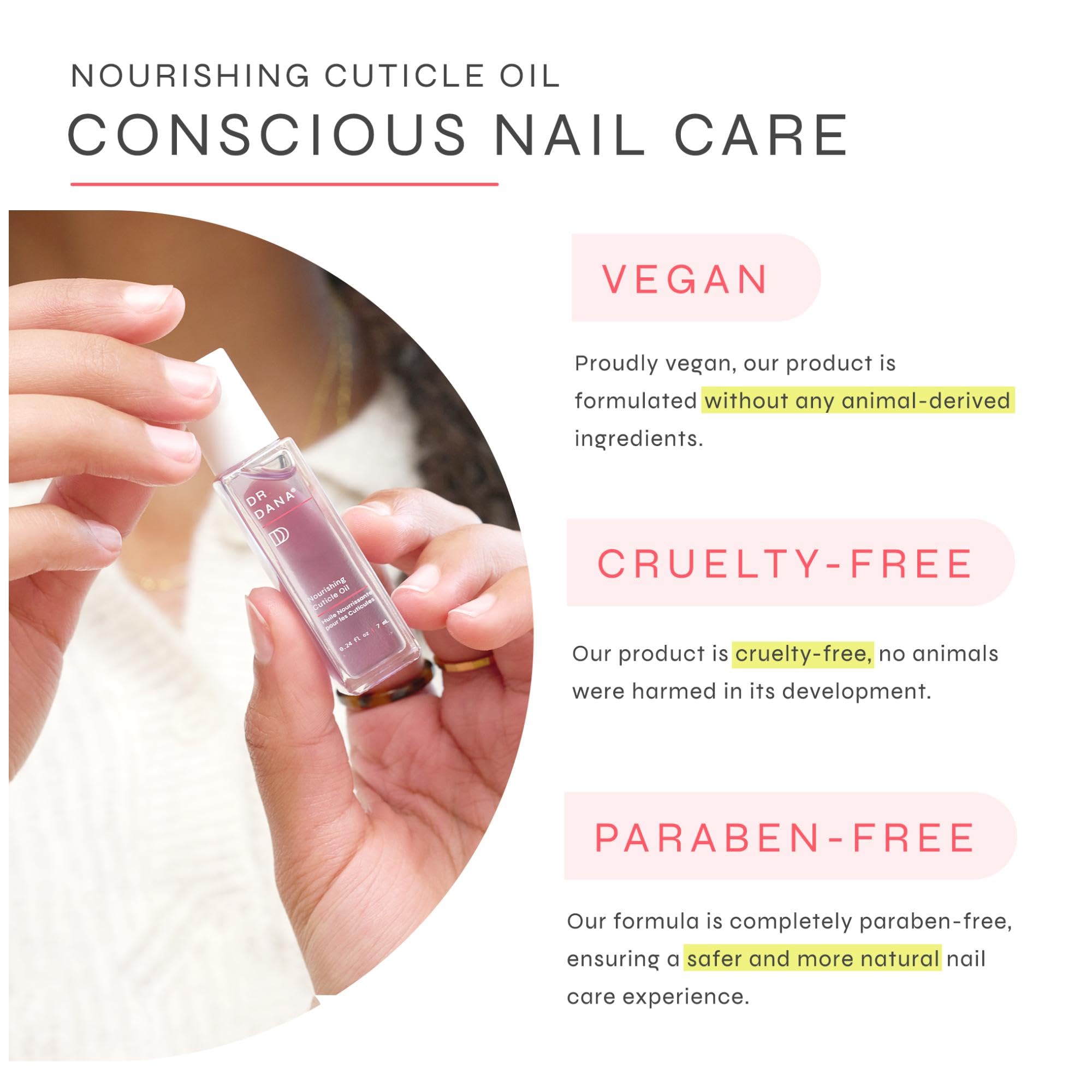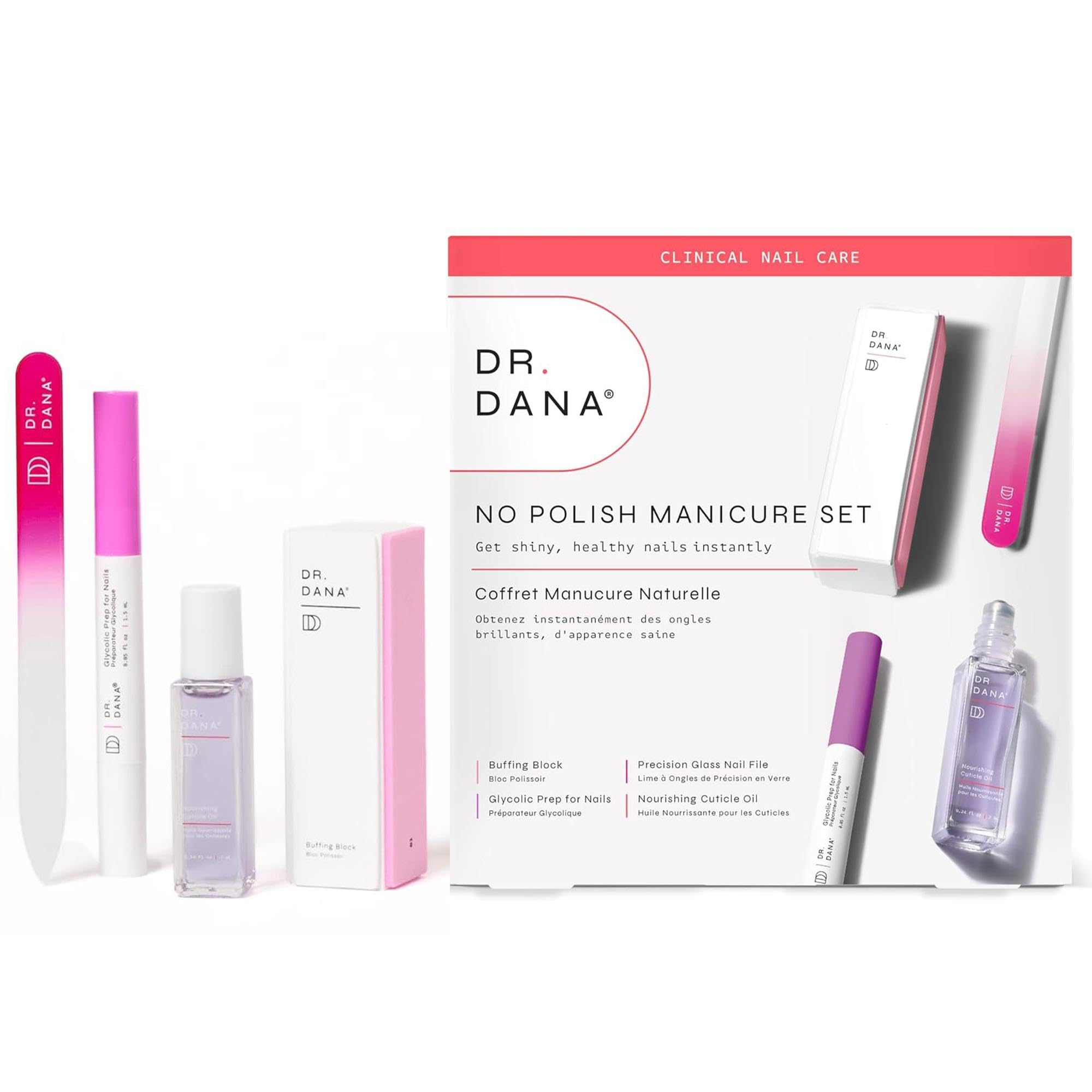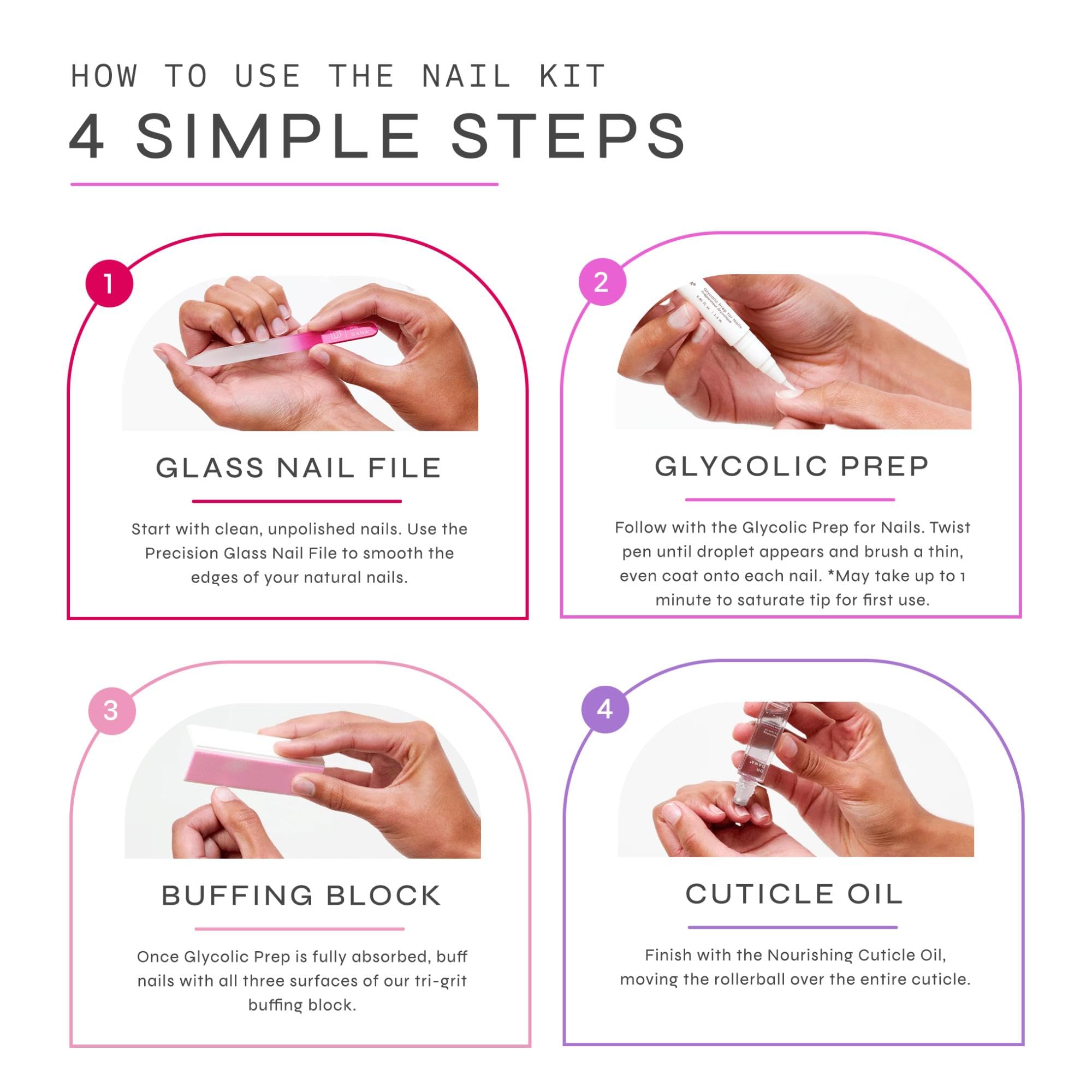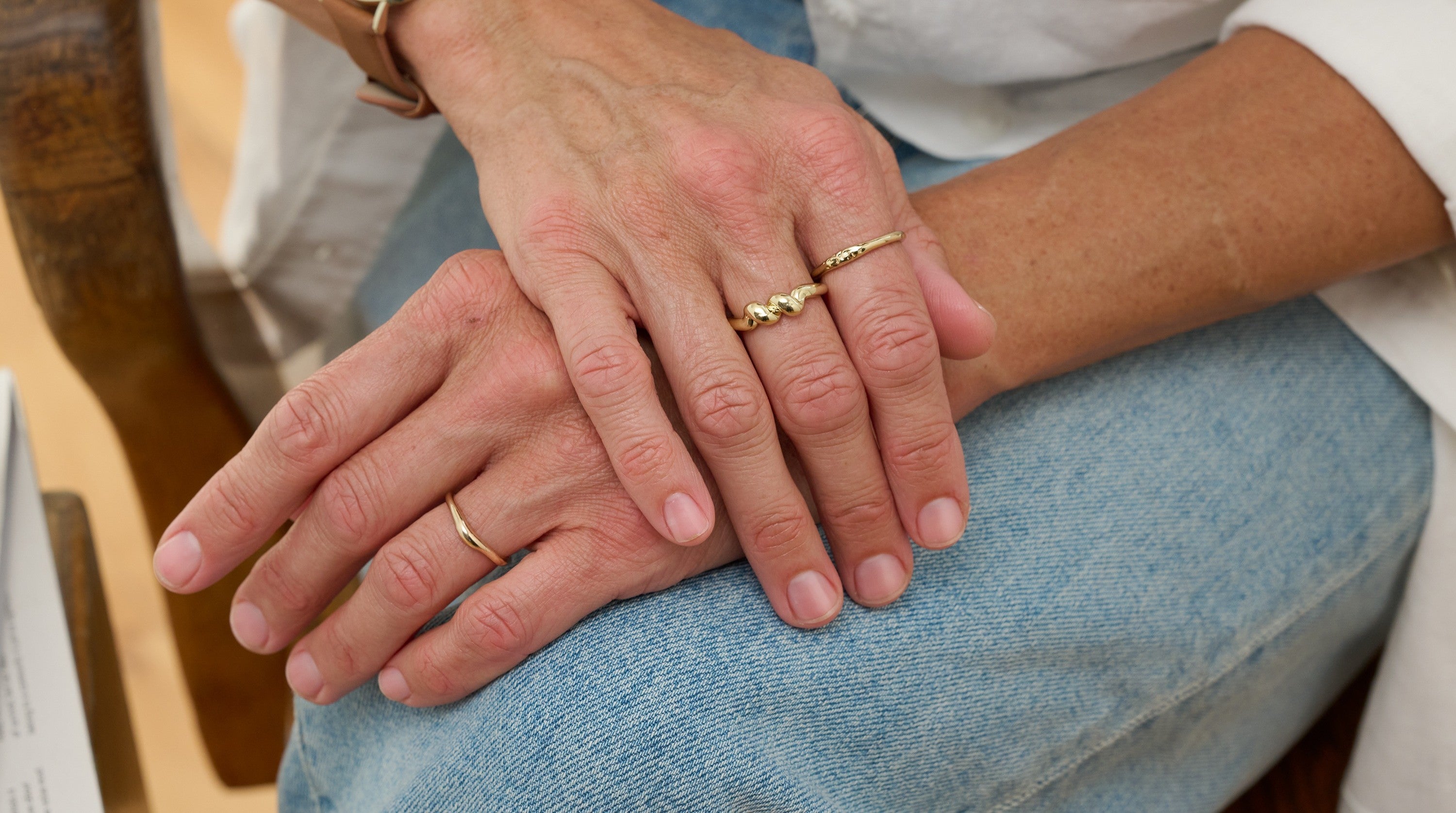Cracked toenails can be frustrating and even painful, especially when you want to show off your feet during sandal season. Whether it’s a small split or a deep crack, damaged toenails can take months to grow out and often make you wonder what went wrong. The good news is that most causes are preventable, and with the right care, you can help your nails recover naturally.
What Causes Cracked Toenails?
Toenails are made of keratin, the same protein that makes up your fingernails and hair. When the nail becomes too dry, brittle, or stressed, it can split or crack. Here are some of the most common causes:
1. Dryness and Dehydration
Just like skin, nails need moisture to stay strong. Repeated exposure to hot water, harsh soaps, or dry environments can strip the toenails of their natural oils. This makes them more prone to cracking and peeling.
2. Trauma or Injury
Even a small injury, such as stubbing your toe or dropping something on it, can create a vertical or horizontal crack. Repetitive pressure from running or wearing tight shoes can also lead to small but damaging trauma over time.
3. Tight or Ill-Fitting Shoes
Shoes that squeeze the toes or press on the nail plate can cause friction and stress, leading to splits. This is especially common in people who wear narrow shoes or high heels frequently.
4. Fungal Infections
A fungal infection can make the toenail thick, brittle, and more likely to crack. Common signs include yellowing, flaking, and lifting of the nail from the nail bed.
5. Nutritional Deficiencies
Low levels of essential nutrients such as biotin, iron, or zinc can affect nail strength. A balanced diet rich in vitamins and minerals supports healthy nail growth and repair.
How to Fix Cracked Toenails
While some cracks can be repaired as the nail grows, others may be permanent or take a long time to heal. According to Dr. Dana Stern, board-certified dermatologist and nail expert, the key is to protect the nail and encourage healthy regrowth.
Step 1: Keep the Nail Clipped Short
Trim the cracked nail carefully to prevent snagging or deeper splits. Keeping the nail short reduces stress on the damaged area as it grows out.
Avoid filing or buffing, as this can worsen the crack and thin the nail plate.
Step 2: Take a Break from Polish
Give your toenails a chance to breathe while they recover. Nail polish removers, especially those containing acetone, can further dry out the nail and delay healing.
Step 3: Nourish the Cuticle and Nail
Many people forget that toenails have cuticles too, and those cuticles are essential for new nail growth. Healthy cuticles form a natural barrier that protects the nail matrix (the root of the nail).
Apply a nourishing cuticle oil daily, like Dr. Dana’s Nourishing Cuticle Oil, which is formulated with indigo naturalis, a plant-based ingredient known for its soothing and restorative properties. Regular use helps hydrate the cuticle, support nail regeneration, and protect against further cracking.

Step 4: Moisturize Regularly
Use a rich, fragrance-free foot cream or oil on your toenails and surrounding skin. Hydration helps restore flexibility and strength.
Step 5: Wear Proper Footwear
Choose shoes with enough room for your toes to move comfortably. Breathable materials and cushioned soles can reduce friction and prevent trauma.
Step 6: Practice Nail Hygiene
Keep toenails clean and dry, and avoid walking barefoot in communal showers or pools to reduce the risk of fungal infection.
When to See a Dermatologist or Podiatrist
Cracked toenails often heal with time and care, but certain signs may need professional attention. Schedule a visit if you notice:
- Persistent or worsening cracks that do not improve
- Pain, redness, or swelling around the nail
- Discoloration (yellow, green, or brown hues)
- Thickened or crumbly nails
- Nails lifting away from the nail bed
A dermatologist can evaluate whether the issue is due to fungus, psoriasis, trauma, or another underlying condition and recommend appropriate treatment.
Healthy Nails Start at the Cuticle
Healing a cracked toenail takes patience, but consistency makes a big difference. By trimming carefully, skipping polish for a while, and nourishing your cuticles daily, you can support your nails as they grow out stronger and smoother.
Remember, healthy nails start at the cuticle. With the right care and a little time, your toenails can recover beautifully.




